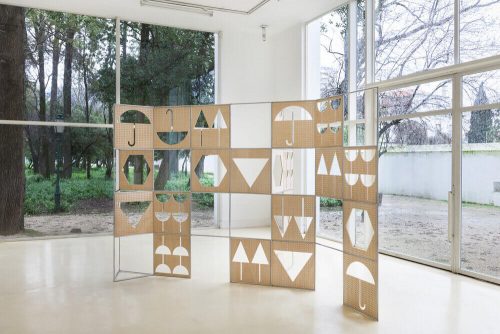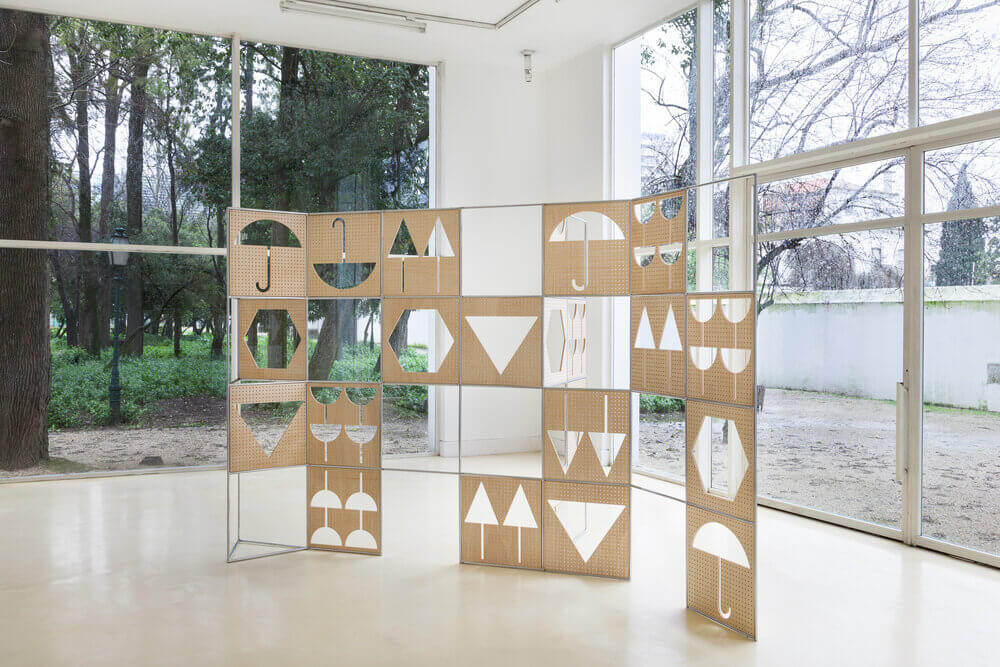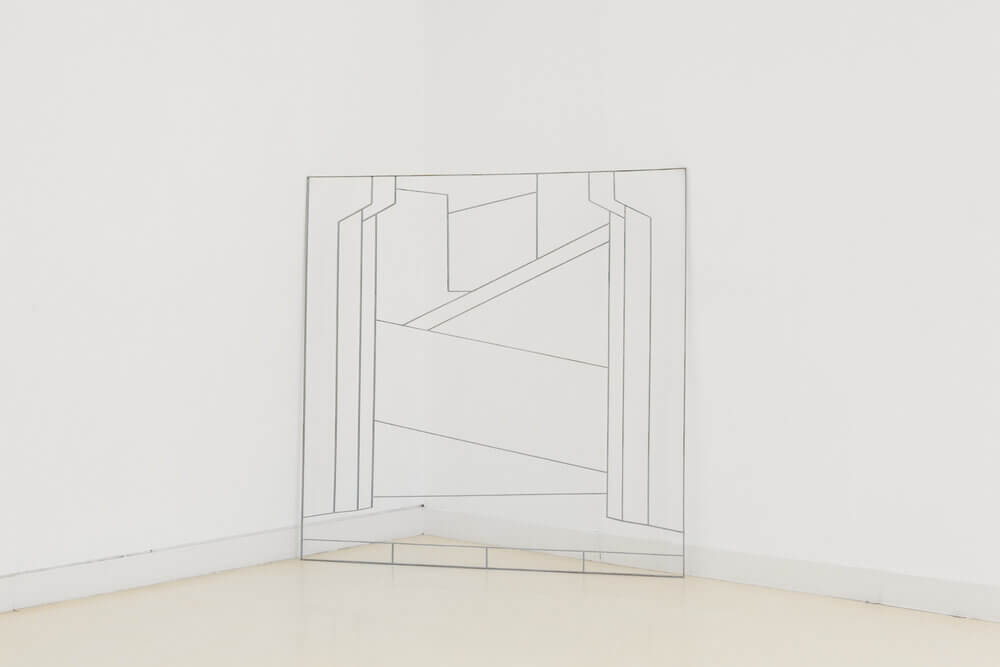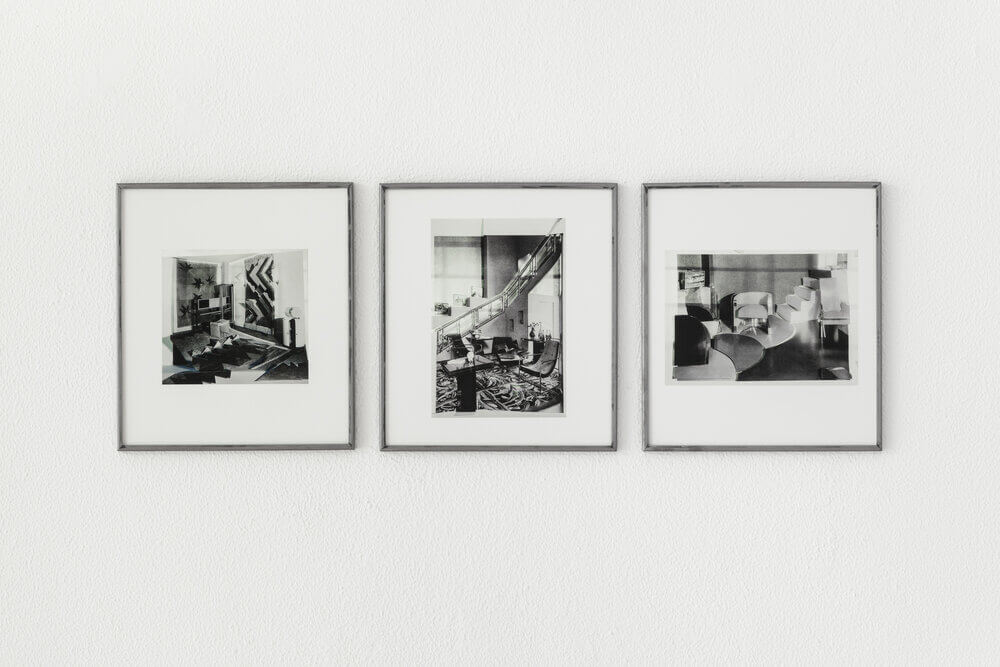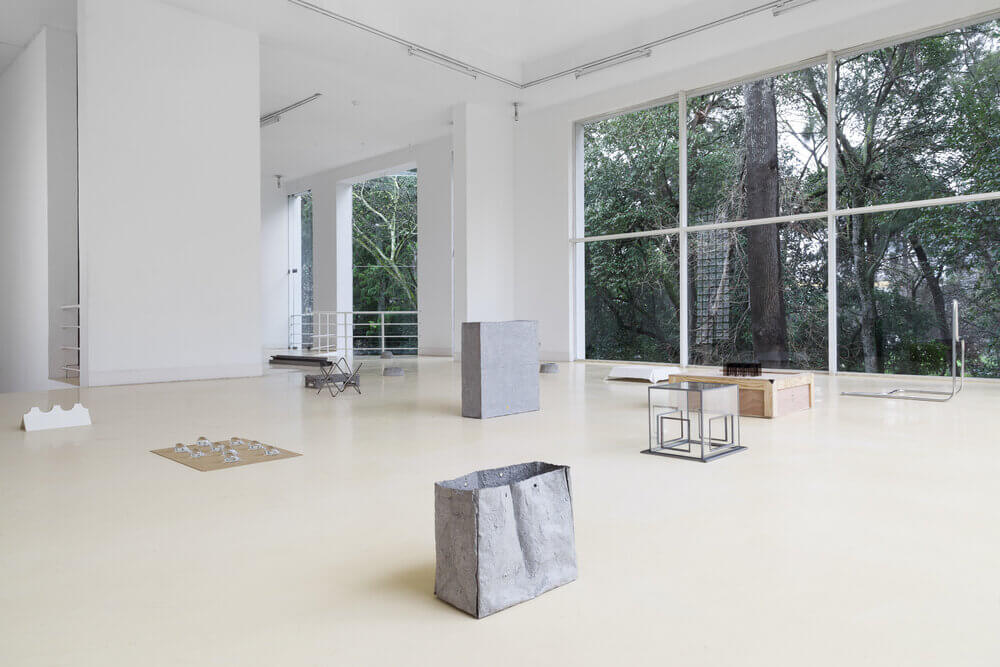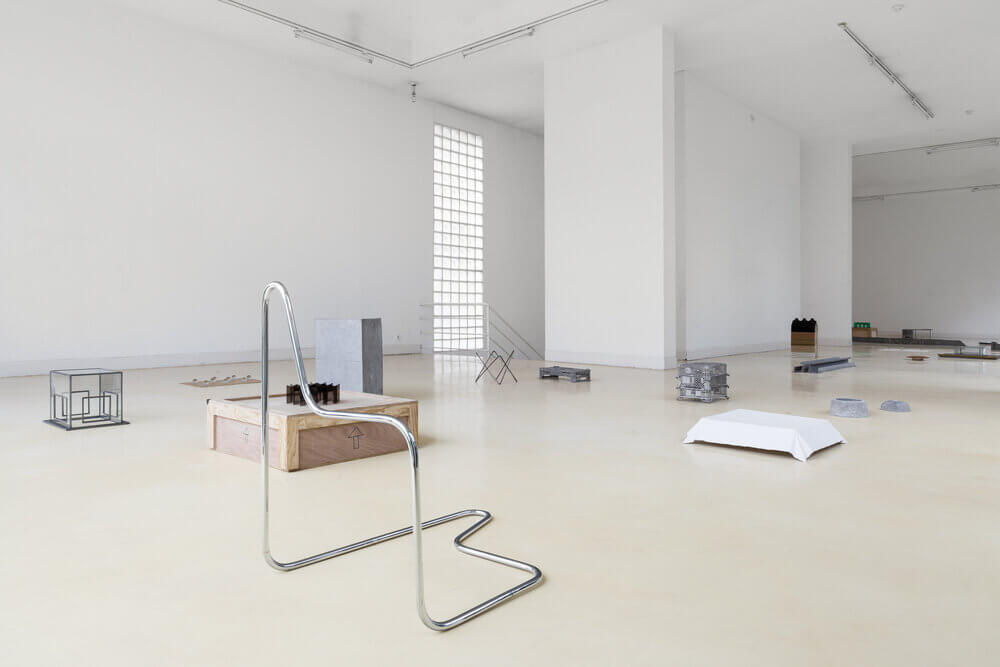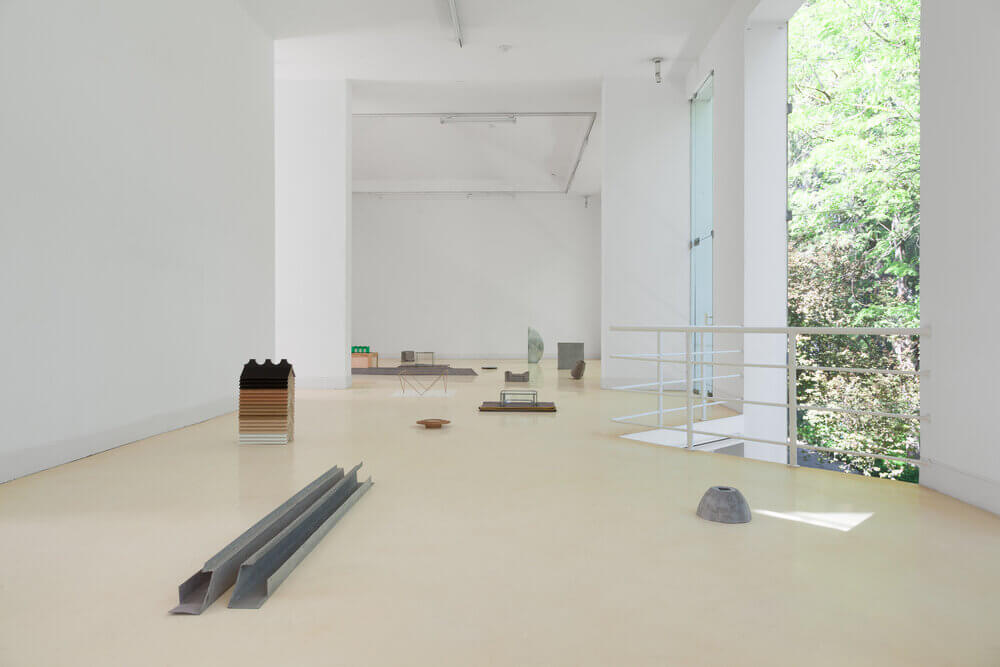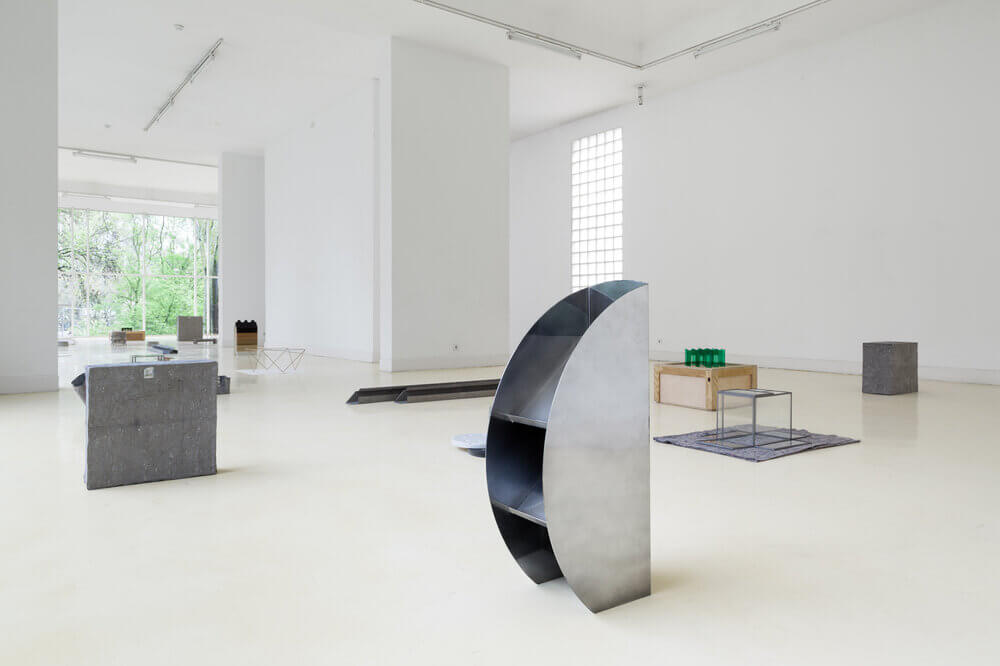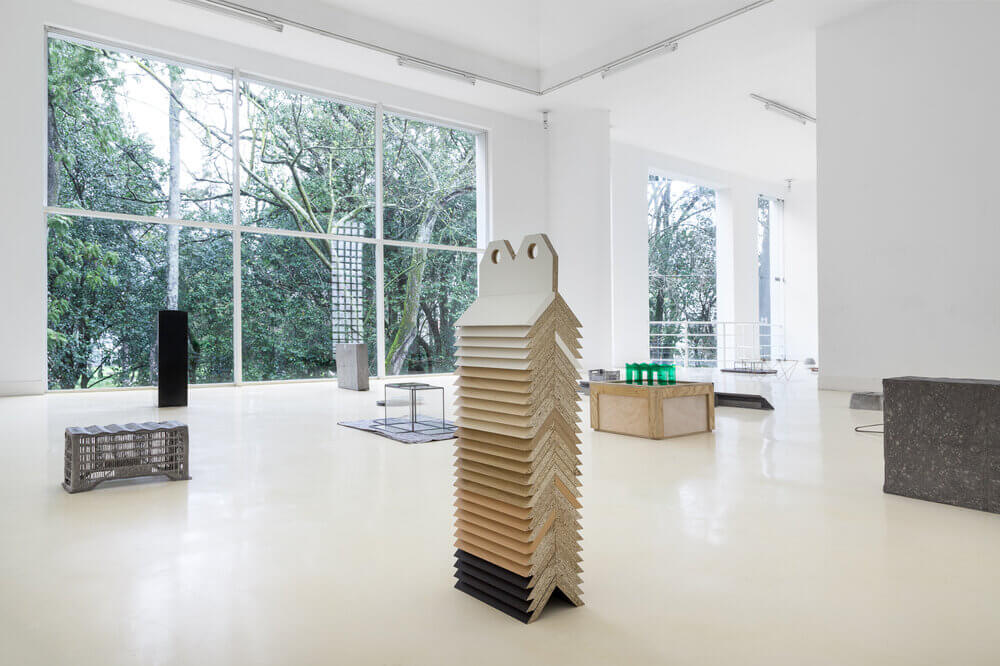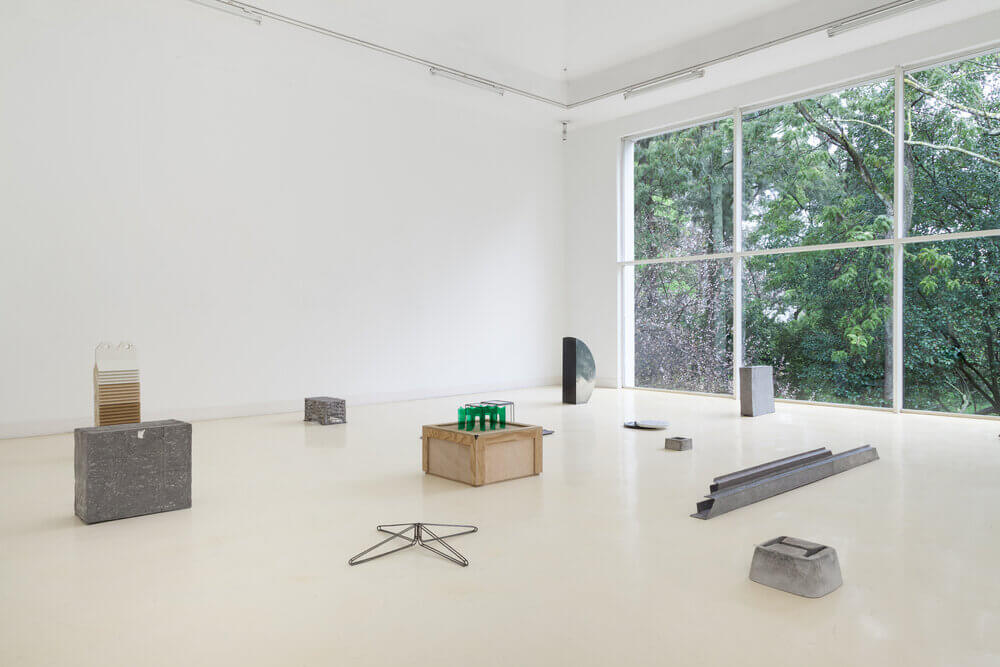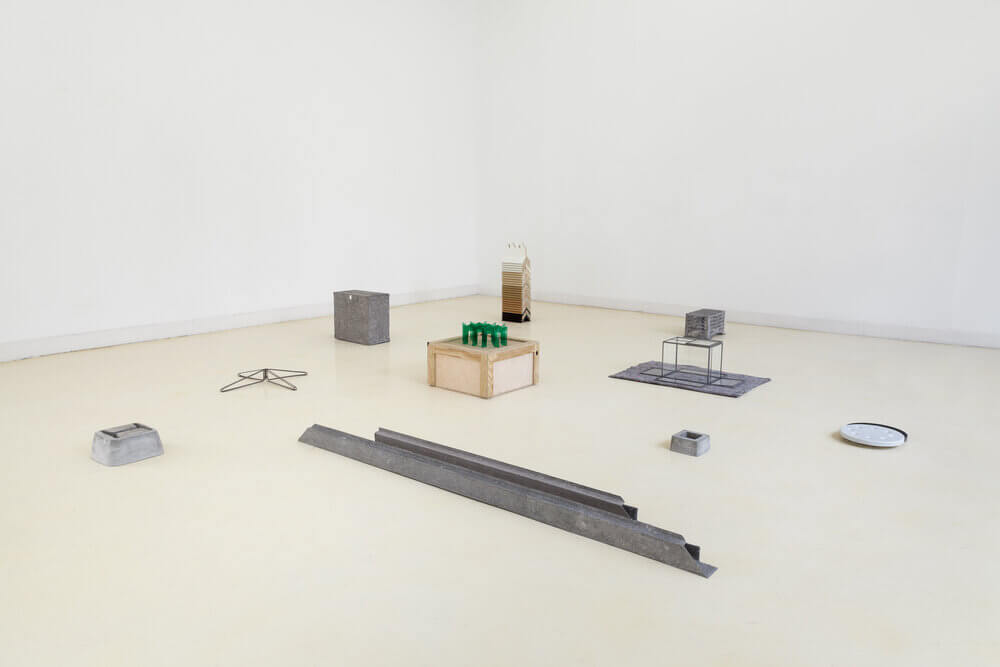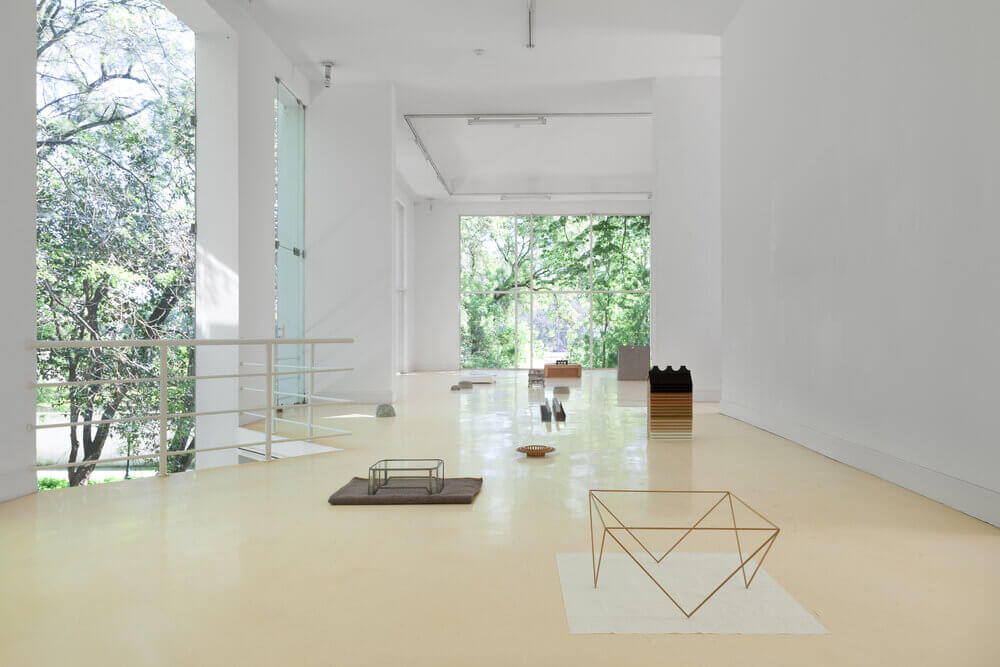It was in 1938 that the MoMA (Museum of Modern Art) in New York started an exhibition program on accessible design, which ran annually until 1943, during the Christmas period, and presented “useful” design objects for less than $5 or $10 (Useful Household Objects Under $5 was the name of the first show, in 1938, and Useful Objects in Wartime under $10, the title of the last one, in 1943).
Statutorily assuming the function of educating the public to the knowledge of the first avant-garde movements (avant-garde) and the Modern Movement, and of imposing a certain taste based on the aesthetics associated with these movements, the Museum moves towards a program reflecting the aesthetics associated with these movements and which reflects the spirit of the new era, the union between art and science, simplicity and functionalism.
The inclusion of manufactured (design) products in exhibitions at MoMA establishes the possibility of instituting a process of democratization of art in a society that is also democratic. This educational task assumed by the institutions (depending obviously on the governments) transforms social habits and their relationship with culture (or cultural consumption), a process that would lay the foundations of the current situation and, then theorized by Adorno, as a Cultural Industry.
At the time, the social context offered the ideal conditions for the unprecedented assimilation of the so-called “good taste” that was intended to be institutionalized. The interest of a growing industry in increasing consumption, offering new products and applications, promised a post-war society (with aspirations to change social models) to improve its living standards. All this provided the different governments with a new model of action in their cultural policies, which helped to generate the participation of the general public in the Museums program.
This brief contextualization serves to present the research carried out by Belén Uriel, who took as a starting point the collaboration between the cultural institution and the industry, and which aimed to analyze and reflect on the mechanisms and strategies that the MoMA (emblem of the cultural industry) used, following an appropriate criterion of the industrial model, to create a context capable of instituting and legitimizing the change of social behavior.
The artist’s intention was to create a set of symbolic pieces, subject to a scenographic nature that, due to their formal characteristics and the relationship they establish between them, are endowed with an ambiguous character, a transitory temporal condition, between a possible situation of construction or, on the contrary, of dismantling the scenario (or situation). They refer to structures that support or fix (other) elements that are absent, and that only if they exist in common (united/assembled), would define their function. This indeterminate state wants to accentuate the character and condition of fabrication/construction of social processes with the intention of instituting new models of action.
This exhibition follows on from a line of work developed by Belén Uriel over the last few years and which reflects on how the nature of certain material constructions (products of the global society – market), in their symbolic and discursive capacities, allow the imposition of social models or habits. and, like our “resistance” to them, stems from a constant aspiration and need to redefine them.

